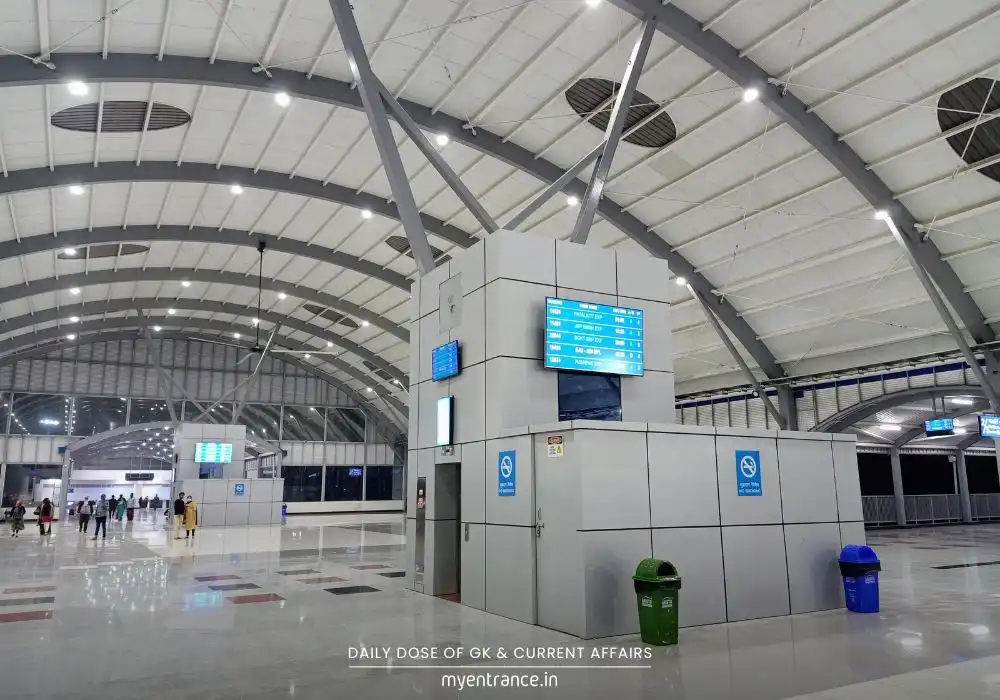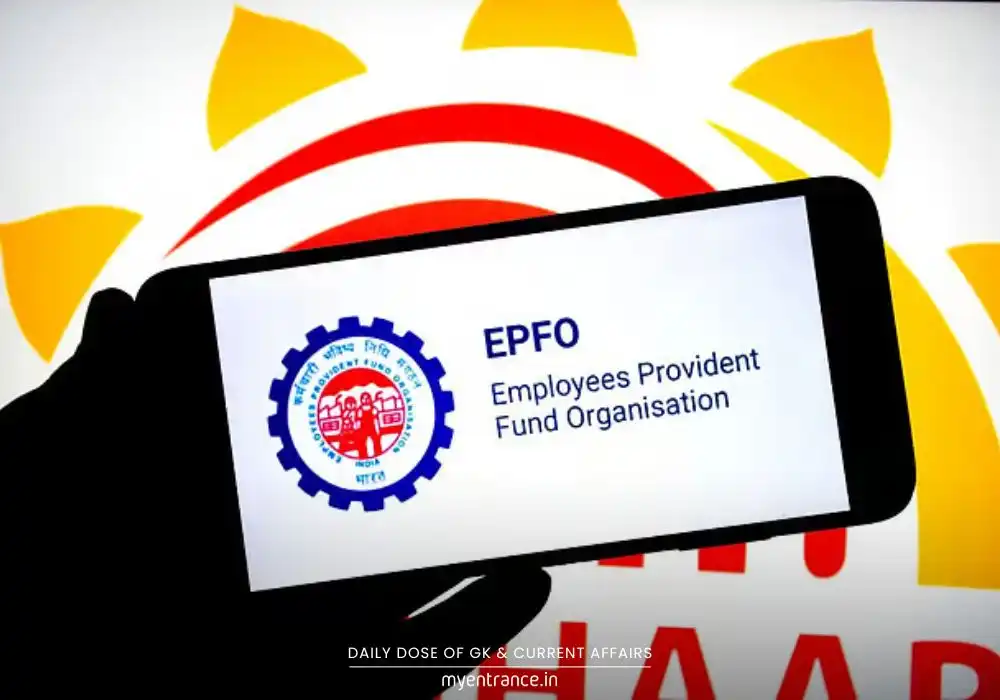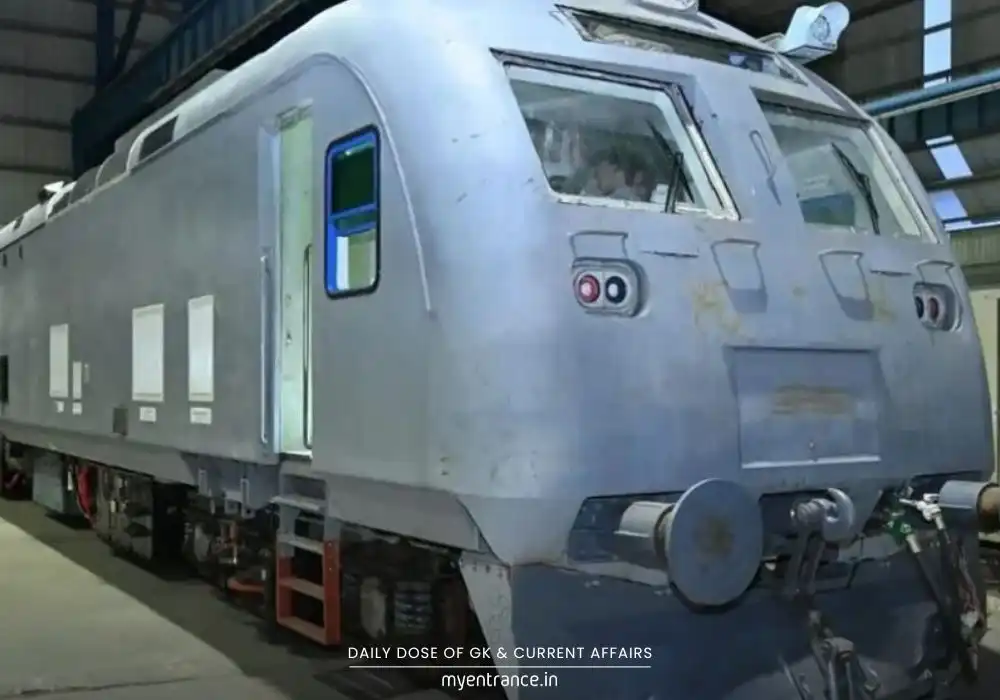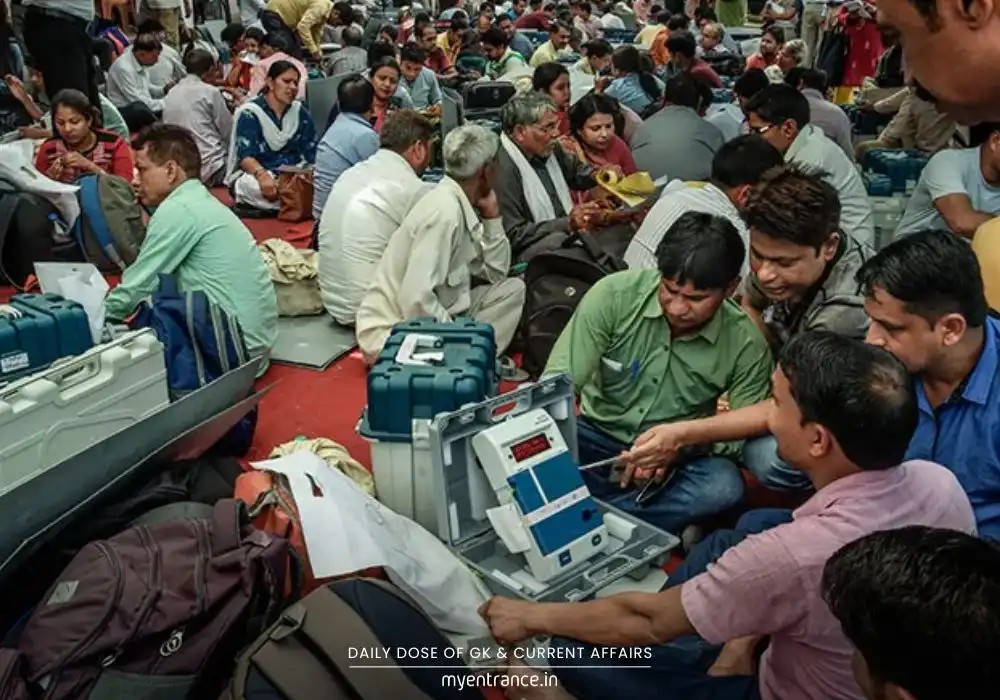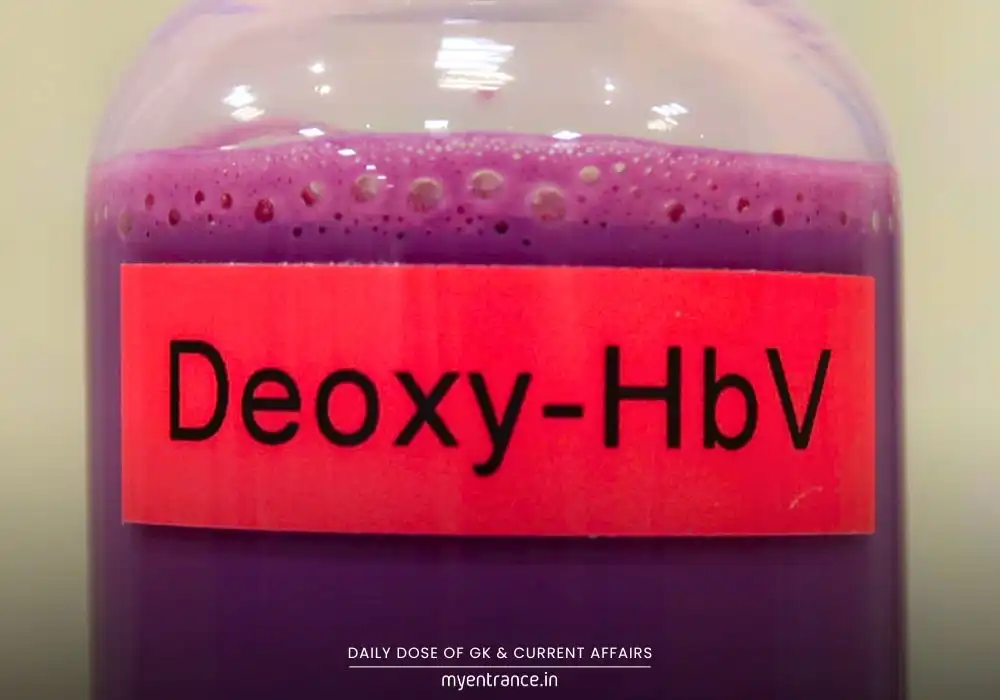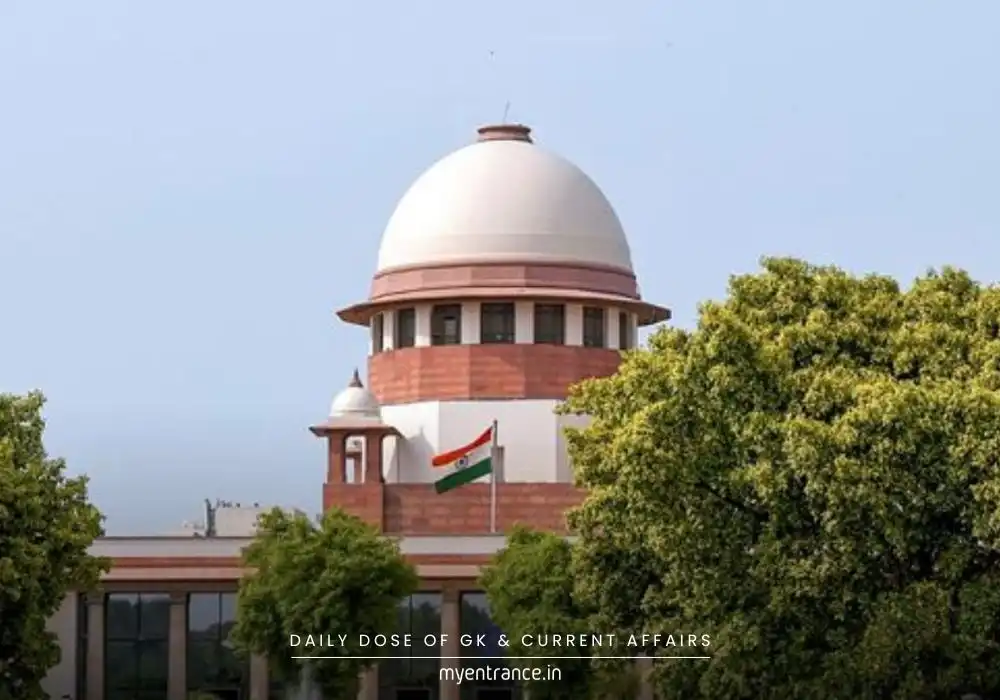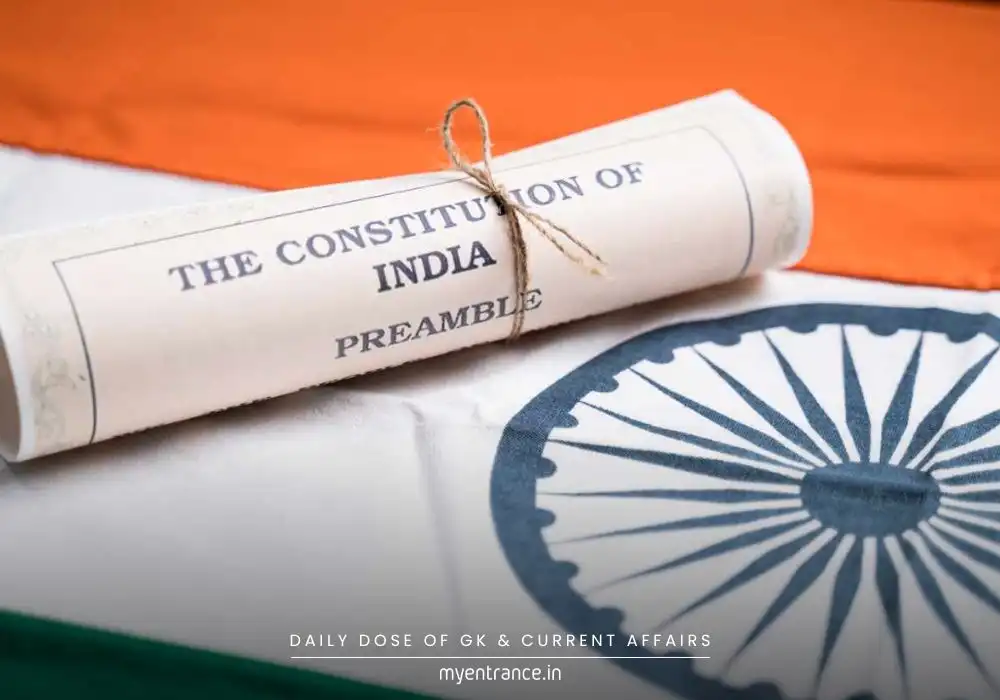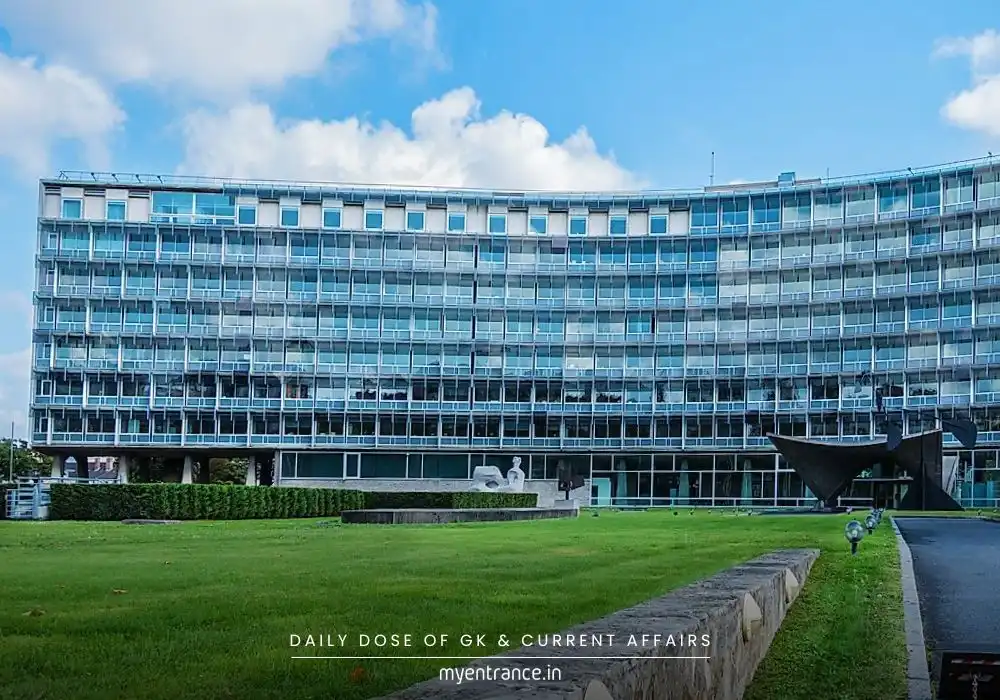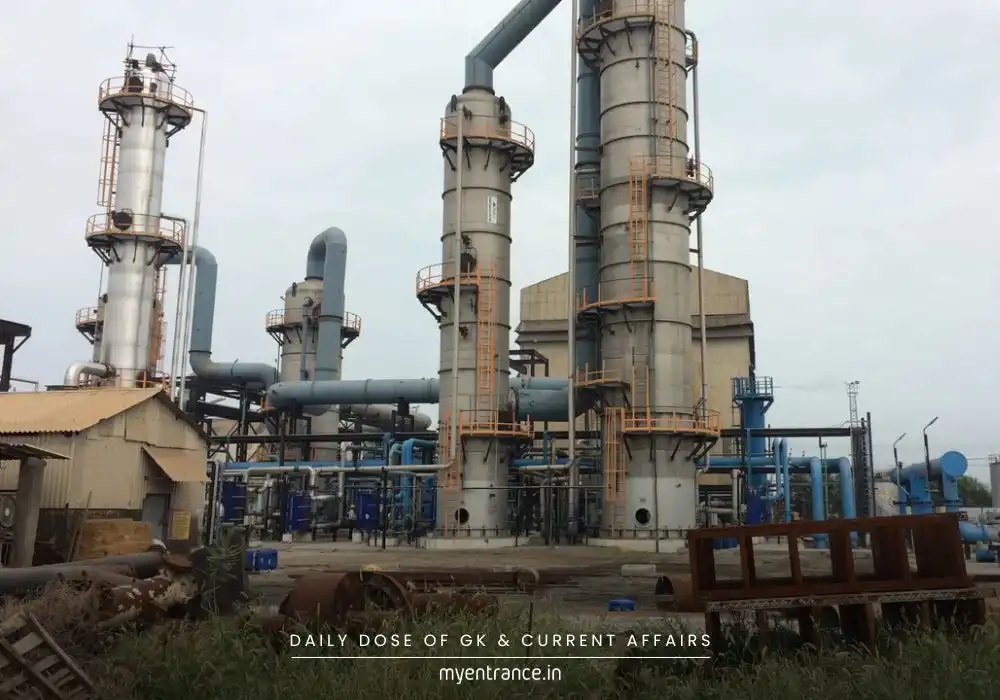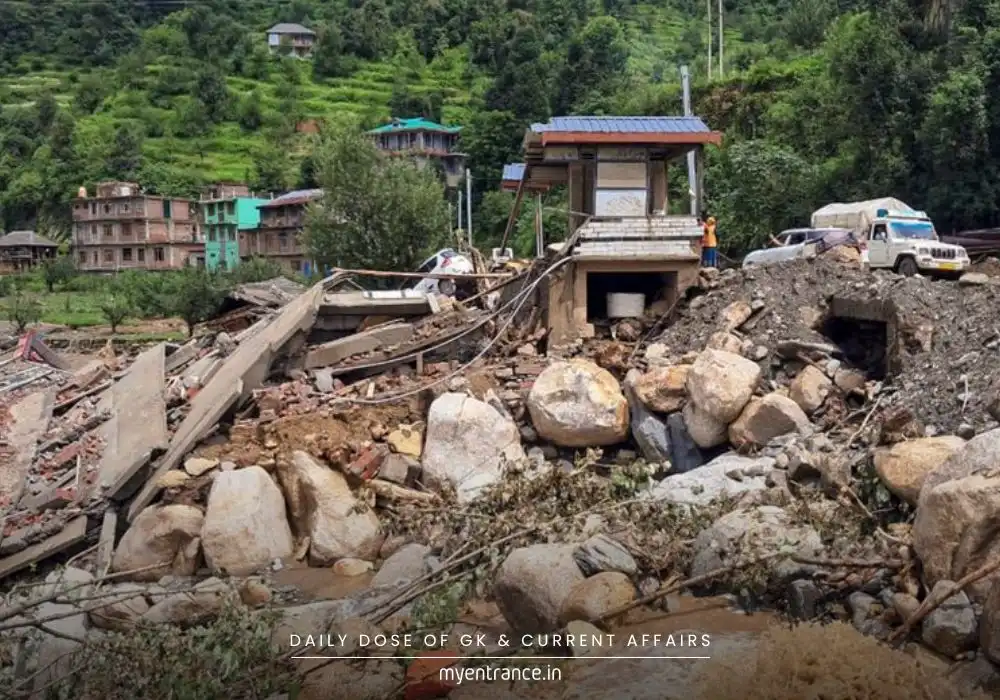Translate Language
How is India Fighting Air Pollution in 130 Cities? NCAP Explained!
Air pollution remains a critical issue in India, severely impacting public health and urban living. To combat this, the government has implemented city-specific action plans under the National Clean Air Programme (NCAP), focusing on key pollution sources like dust, vehicles, and industries. With over ₹13,000 crore allocated, here’s how India is fighting back.
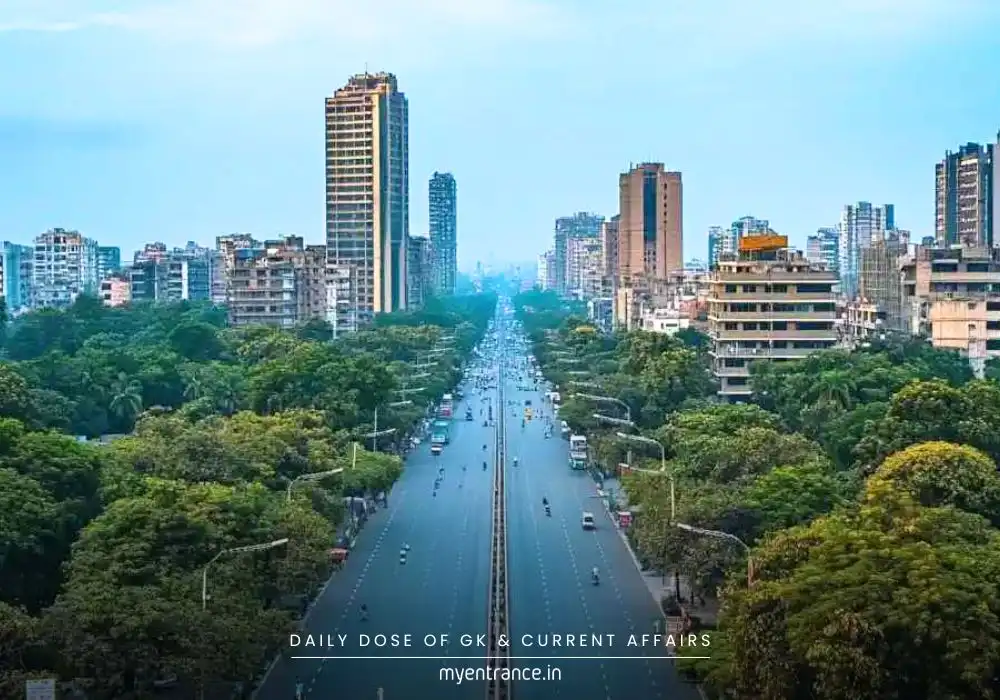
India’s Air Pollution Control Strategy: Key Highlights
1. National Clean Air Programme (NCAP) – The Big Picture
Launched in 2019, NCAP aims to reduce pollution in 130+ cities with populations exceeding 1 million.
Source Apportionment (SA) studies reveal that road dust, construction activities, and vehicles contribute 40-50% of PM10 pollution in most cities.
2. Major Pollution Sources & Solutions
Dust Control: Road improvements, traffic decongestion, and greening open spaces.
Vehicles: Shift to BS-VI fuel norms, promotion of electric mobility (PM E-Drive, e-Bus Sewa).
Industries: Stricter monitoring by state pollution boards and enforcement of emission norms.
Biomass Burning: Financial aid for paddy straw pelletisation plants to curb farm fires in North India.
3. Funding & Implementation
₹13,036 crore released since FY20, with ₹9,209 crore already utilized by urban local bodies.
Performance-based grants allocated under the 15th Finance Commission (XVFC) for pollution control.
4. Government Rejects “World Air Quality Report 2024”
The report labeled India as the 5th most polluted country, but the government disputes its accuracy.
62% of data came from non-government sources, including low-cost sensors not used for regulatory purposes.
Key Q&A for Competitive Exams
Q1: What is the National Clean Air Programme (NCAP)?
A: Launched in 2019, NCAP is India’s initiative to reduce air pollution in 130+ cities through city-specific action plans targeting dust, vehicles, and industries.
Q2: Which sources contribute most to PM10 pollution in Indian cities?
A: Road dust and construction activities account for 40-50% of PM10, followed by vehicular and industrial emissions.
Q3: How is India tackling vehicular pollution under NCAP?
A: By enforcing BS-VI emission norms, promoting electric vehicles (PM E-Drive, e-Bus Sewa), and improving public transport.
Q4: What steps are taken to reduce stubble burning in North India?
A: Financial support for paddy straw pelletisation plants and mandatory 5-10% biomass co-firing in thermal power plants near Delhi.
Q5: Why did the government reject the “World Air Quality Report 2024”?
A: The report relied on 62% non-government data, including unreliable low-cost sensors, leading to potential inaccuracies.
Why is This Important for Exams?
UPSC/SSC/PSC: Questions on NCAP, pollution sources, and government schemes (BS-VI, electric mobility) are frequently asked.
Environmental Science: Understanding PM10, source apportionment, and mitigation strategies is crucial.
Current Affairs: NCAP’s funding, progress, and challenges are highly relevant for essay and interview stages.
Policy-Based Questions: Exams may ask about performance-based grants, XVFC funding, and CAQM directives.
By staying updated on India’s pollution control measures, aspirants can tackle environment, governance, and current affairs questions effectively.
Get 3 Months Free Access for SSC, PSC, NIFT & NID
Boost your exam prep!
Use offer code WELCOME28 to get 3 months free subscription. Start preparing today!
